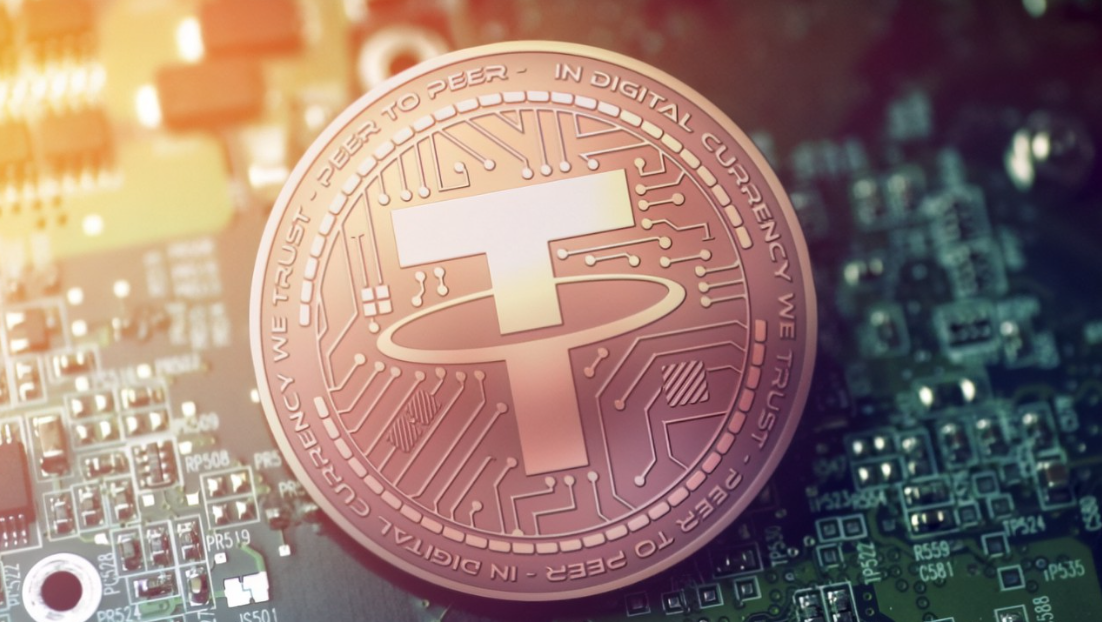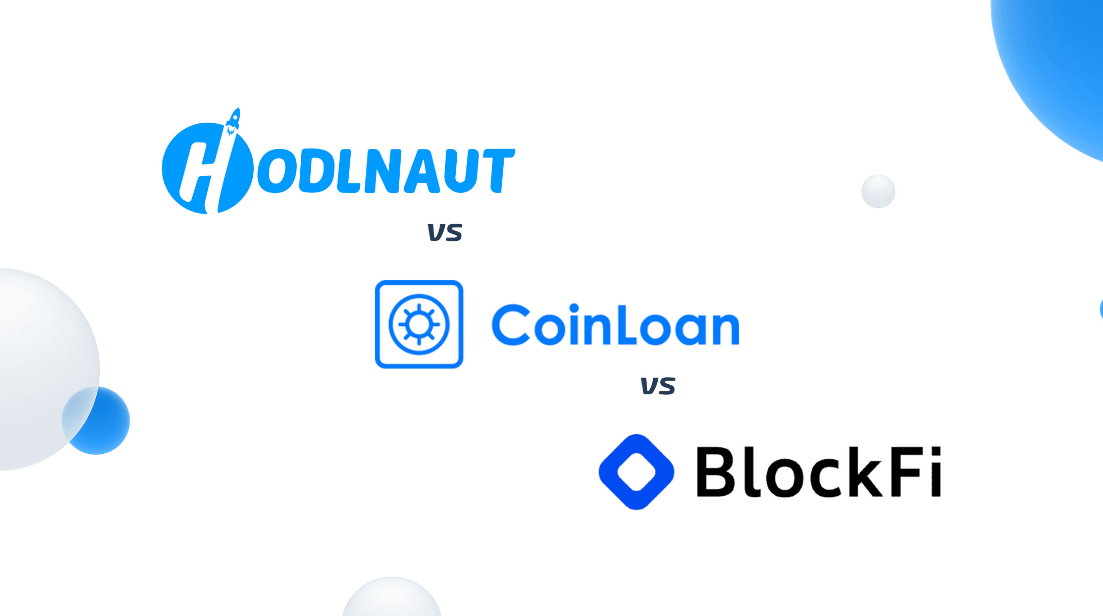Bitcoin is a digital currency that uses a network of computers to facilitate its use. The digital currency works by broadcasting transactions from node to node, which are collected by miners and permanently recorded on a blockchain – the official account book for bitcoin. Its holders hold bitcoins in digital wallets, which they can access through client software or an array of online tools. A bitcoin is subdivided into several units of value, with each fraction of a bitcoin being called a milli or satoshi.
Open-source
Bitcoin is open-source software, meaning that anyone can make changes to improve the way it works. The Bitcoin network is decentralized and the transactions are processed by nodes distributed throughout it. Proponents of any changes must reach a consensus with the diverse community that makes up the network. If a change is contested by a majority of the community, it may result in the creation of a new currency, called a hard fork.
The Bitcoin website clearly states that the system is open-source, meaning that nobody owns it, and anyone can contribute. Its underlying technology is consensus-driven. However, one of its primary engineers forked the project and created Bitcoin XT, a more scalable version of Bitcoin. This newer version eventually lost support. This is the process in an open source project, where the most popular solution quickly gains traction and others get left behind.
Bitcoin is a decentralized digital currency that has become increasingly popular, particularly with individuals and businesses. The project’s goal is to spread knowledge and promote a sense of community. Unlike other forms of digital currency, it is open-source. This means that the Bitcoin community will not profit from its mistakes, and the community can be involved in the development of new features.
The term “open-source” is used to refer to a variety of things other than software. The term usually means something that is freely available to the public and does not have any royalty-bearing patent claims. Many people use it to refer to the Bitcoin network and Blockchain.
Global
The global bitcoin market is classified according to end-user verticals, including retail payment, remittance payment, and peer-to-peer payment. The use of bitcoin in these sectors is predicted to increase in the coming years. In addition, banks are looking to use bitcoin technology to reduce transaction costs. The use of bitcoin is expected to improve minimum exchange rates and international transactions.
However, there are risks associated with bitcoin. These risks include price volatility, regulatory clampdowns, and hacking attacks. These risks also reduce the liquidity of bitcoin exchanges, which further increases price volatility. In addition, the global bitcoin market is highly integrated, so global cooperation is vital to ensure its integrity. Despite these risks, many investors are still confident in this emerging technology, but many questions remain.
Trustless
A Trustless Bitcoin is a Bitcoin that is decentralized and without a centralized authority. This system uses decentralized code to facilitate trustless transactions between strangers. When a transaction is completed, the funds are automatically returned. In this way, it’s possible to exchange a large amount of money with minimal transaction costs.
This type of cryptocurrency is decentralized and uses a Proof-of-Work consensus mechanism. This consensus method distributes trust among many participants, which makes it resistant to attacks. It also eliminates single points of failure. The Bitcoin blockchain is one of the first decentralized systems to make this concept public. It was able to achieve this through its decentralized system, or blockchain, which records transactions.
A Trustless Bitcoin is a Bitcoin that is decentralized and does not require a federation. This means that it can be used for any purpose without a third party. This is why it’s so appealing to many Bitcoin users. This type of Bitcoin is also more secure than other forms of digital currency.
Coinpit uses the multisignature feature of Bitcoin. This means that when a user sends bitcoin to a Coinpit address, they’re not sending it directly to the company. Coinpit creates a multisig address for them. This address has two keys – one for the user and one for the Coinpit. If both parties approve the transaction, the bitcoins are moved from the address to another address.
The bitcoin network uses a distributed blockchain to store all transactions. While this doesn’t eliminate the need for trust from any single actor, it greatly reduces the amount of trust required of any individual. Instead, different actors are able to communicate with each other and agree on what is true. They cooperate by following the rules of the protocol. In addition, Bitcoin is immutable – the laws of the network are set in advance and cannot be changed retroactively. As a result, censorship is essentially impossible.
No single leader
In the world of Bitcoin, there is no single leader, and this makes the currency extremely hard to regulate and police. Instead, it’s controlled by a number of independent entities throughout the world. This makes it difficult to raid, wrangle, or enforce across borders. This may all change if new regulations are introduced, though.
Although bitcoin has been around for more than 12 years, it’s only recently started to reach mainstream attention. Previously, it was a cryptic currency associated with illicit transactions and cyberattacks. More recently, however, the currency has entered corporate balance sheets and begun to appear in mainstream media. While it’s a new concept to many, its popularity is growing rapidly.
Long-term investment
If you are planning a long-term investment in bitcoin cryptocurrency, you should pick a secure and safe investing system. This will help you make more profit. Bitcoin cryptocurrency is a hot topic among speculators and long-term investors, and it has seen a lot of speculation in the last few months. Moreover, several derivatives exchanges have launched products based on it, enabling active traders to bet on its higher prices.
Bitcoin is a digital currency that is not controlled by a central authority and is based on blockchain technology. Some investors consider it the best cryptocurrency to invest in, but you must understand what you’re getting into. However, if you’re looking for a long-term investment, it may be the right choice for you. The network effect that it offers is an attractive feature.
Another advantage of long-term investment in bitcoin is the low fees. While swing traders can reap profits in a shorter time, most investors will find long-term investment in bitcoin to be the more viable option. It gives you more control of your portfolio and lower fees. It also creates a path to financial independence as it helps beat inflation over time.
However, it is important to note that Bitcoin is volatile, so it’s not advisable to invest without a clear strategy. As a result, you may end up losing more than you invested in the first place. But even if you don’t lose money in Bitcoin, it is important to remember that the price of bitcoin can’t drop below zero.
Traditional investors may also want to invest in Bitcoin as a hedge against inflation and the collapse of the fiat-based economy. With increasing institutional interest, Bitcoin’s volatility is likely to decrease, making it a safe alternative to traditional investments. So long as you do your research and invest wisely, Bitcoin may be a good investment.



